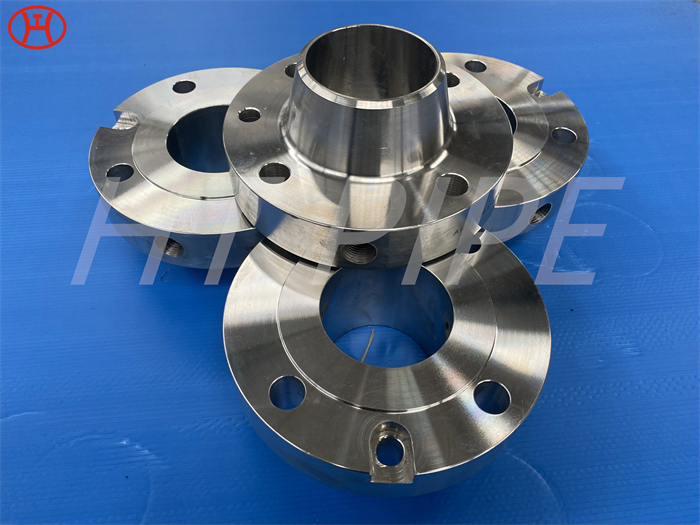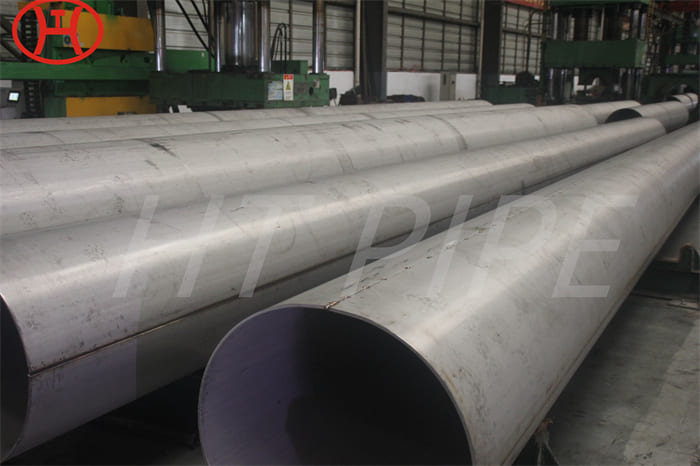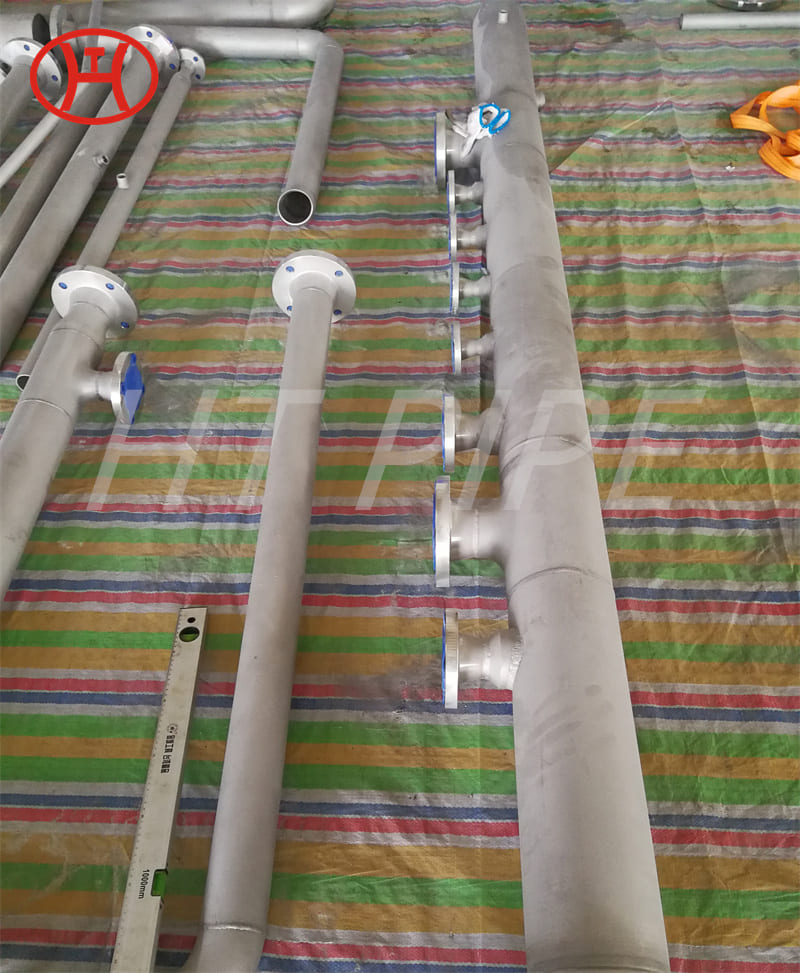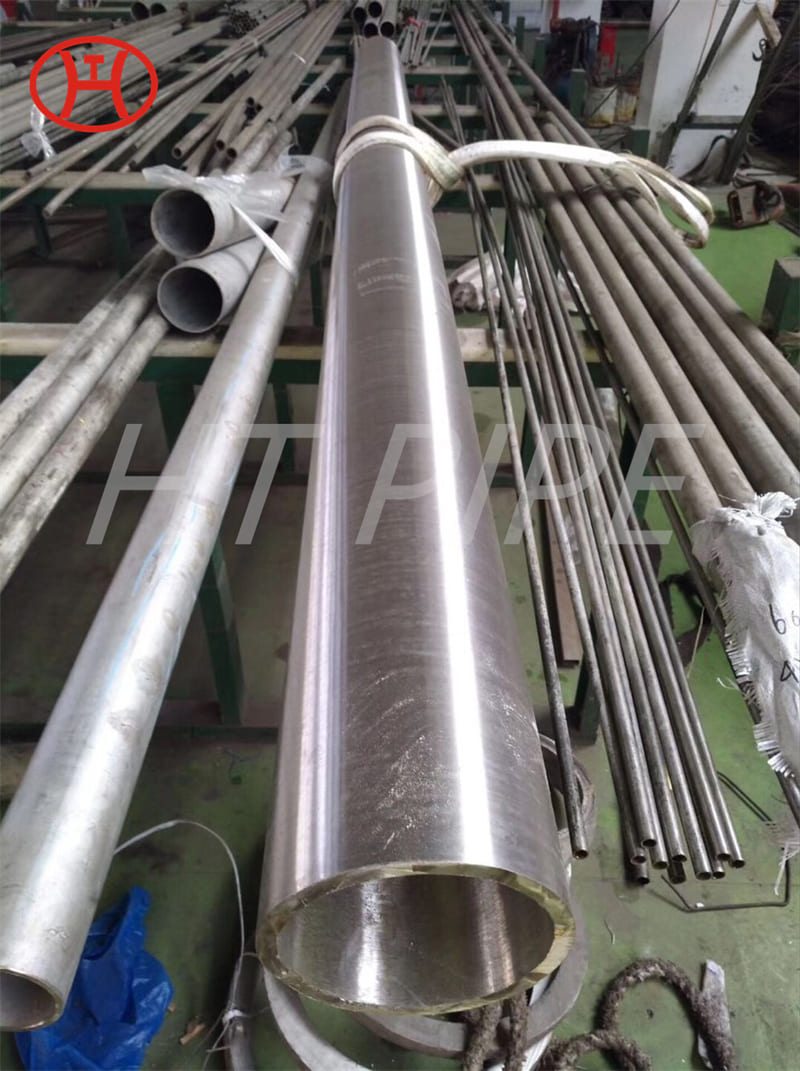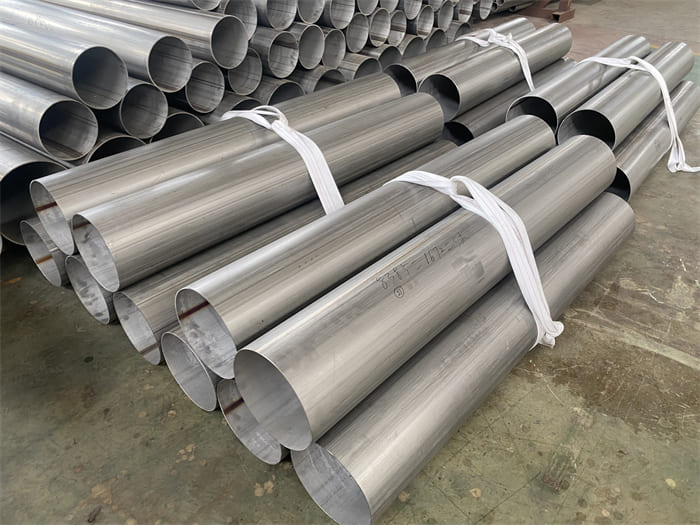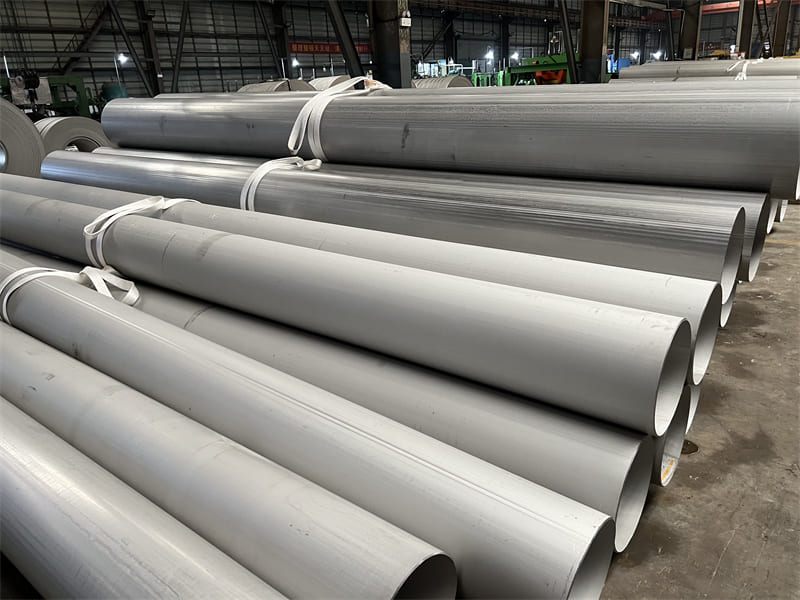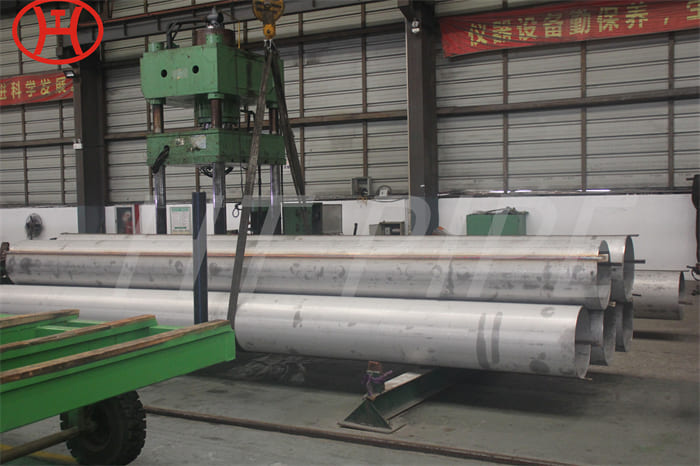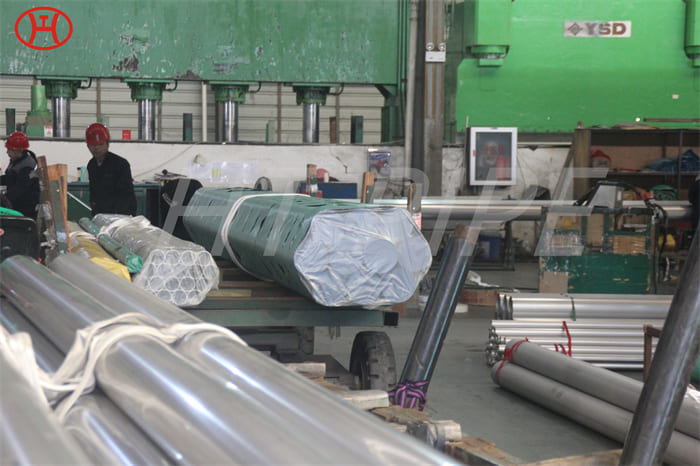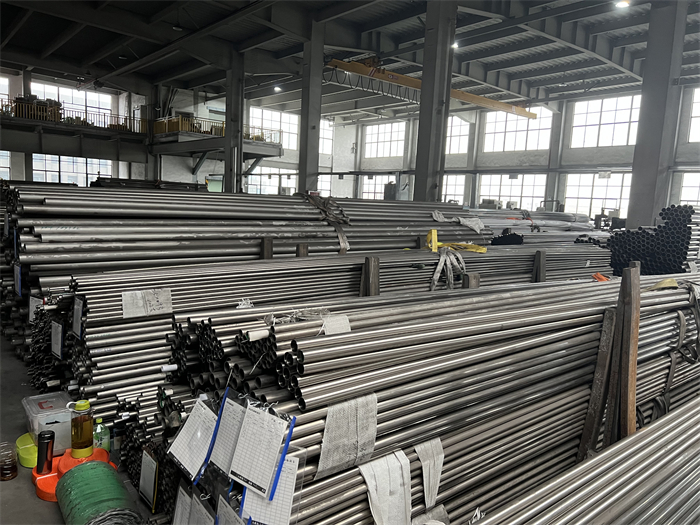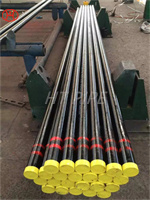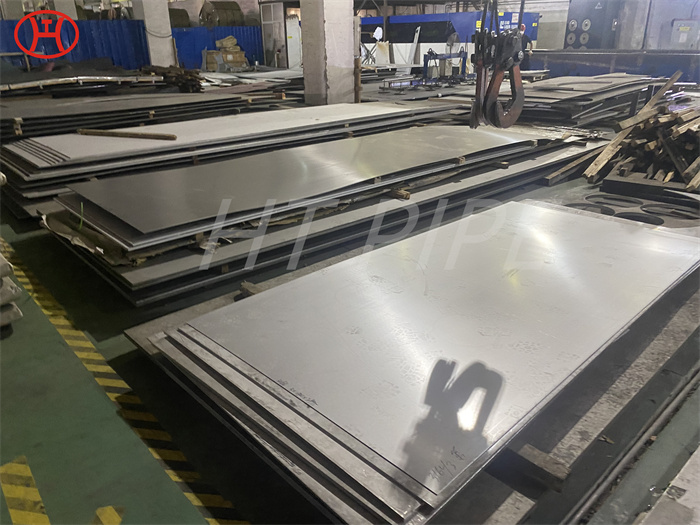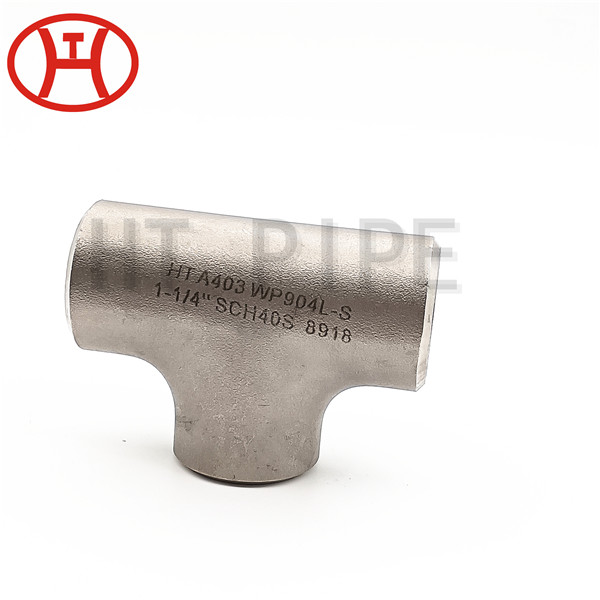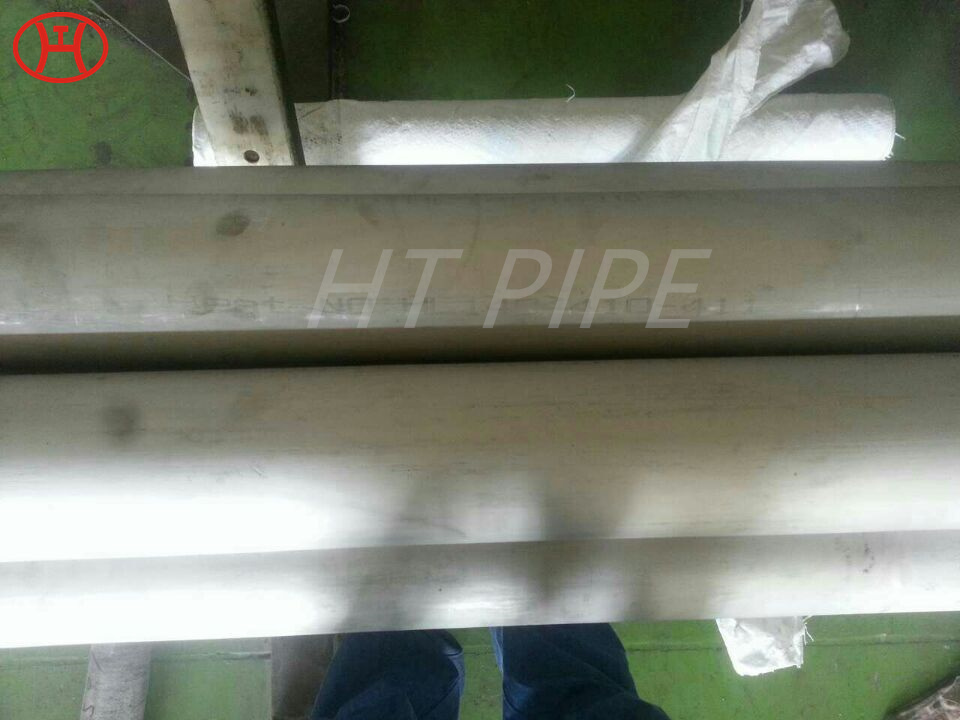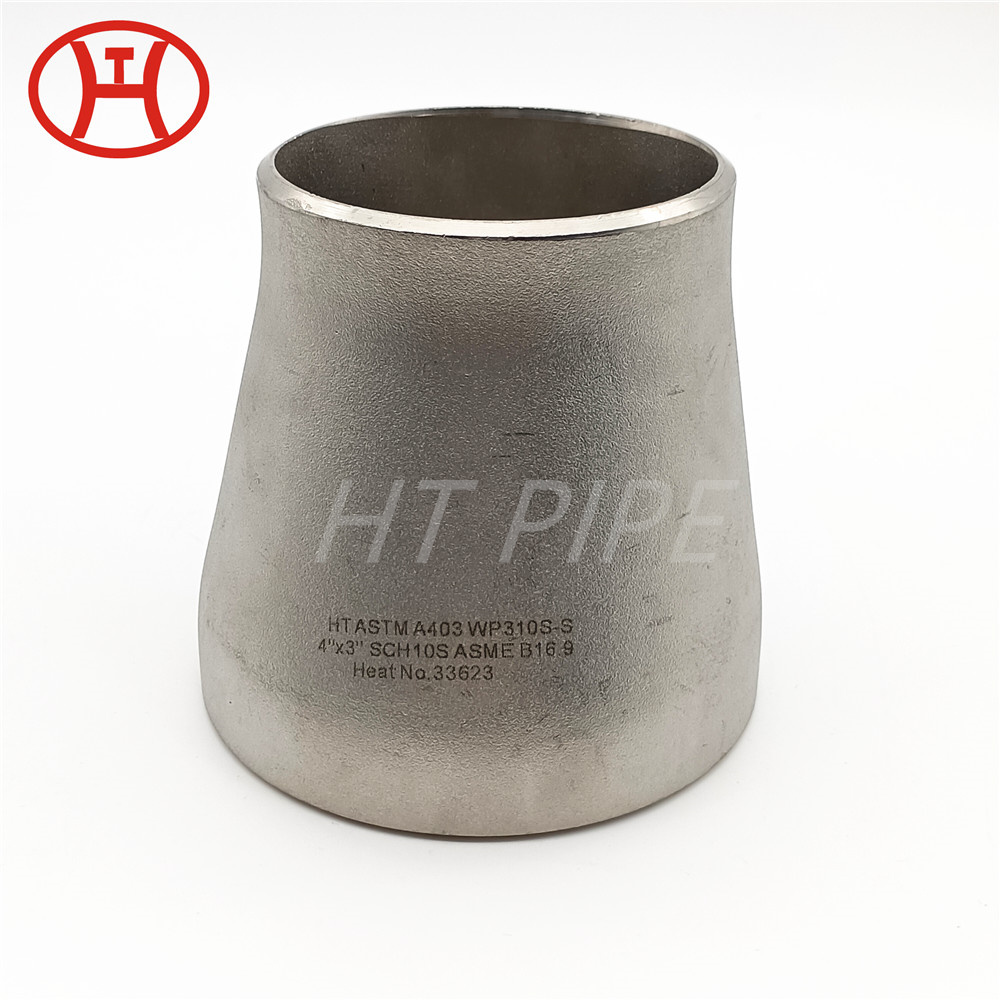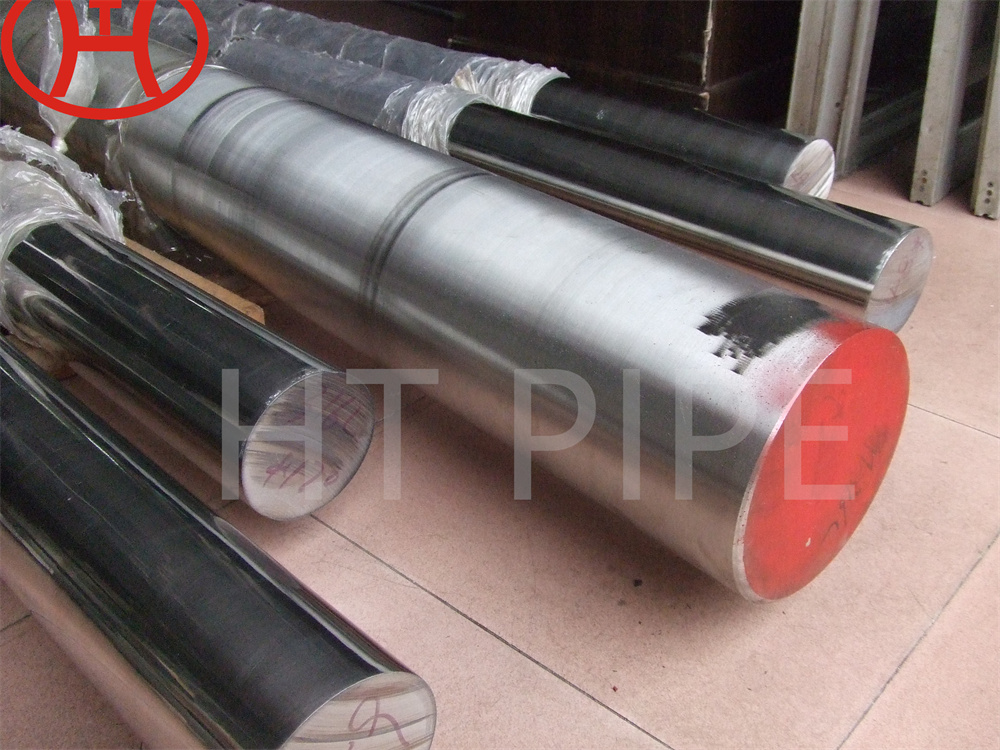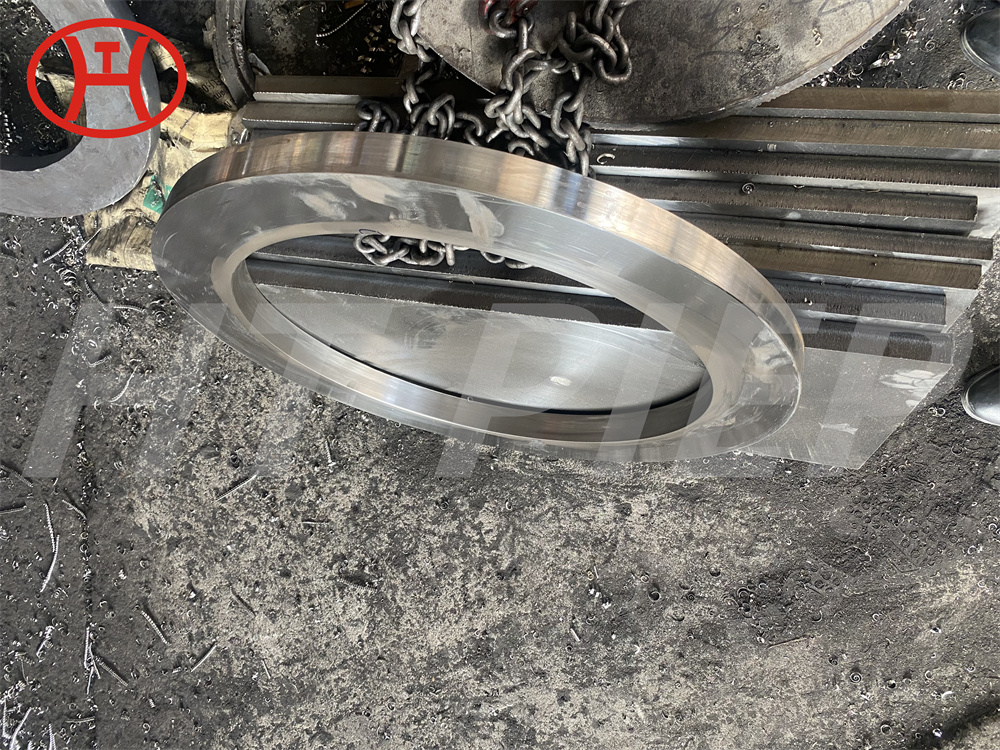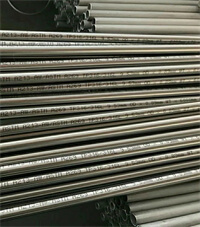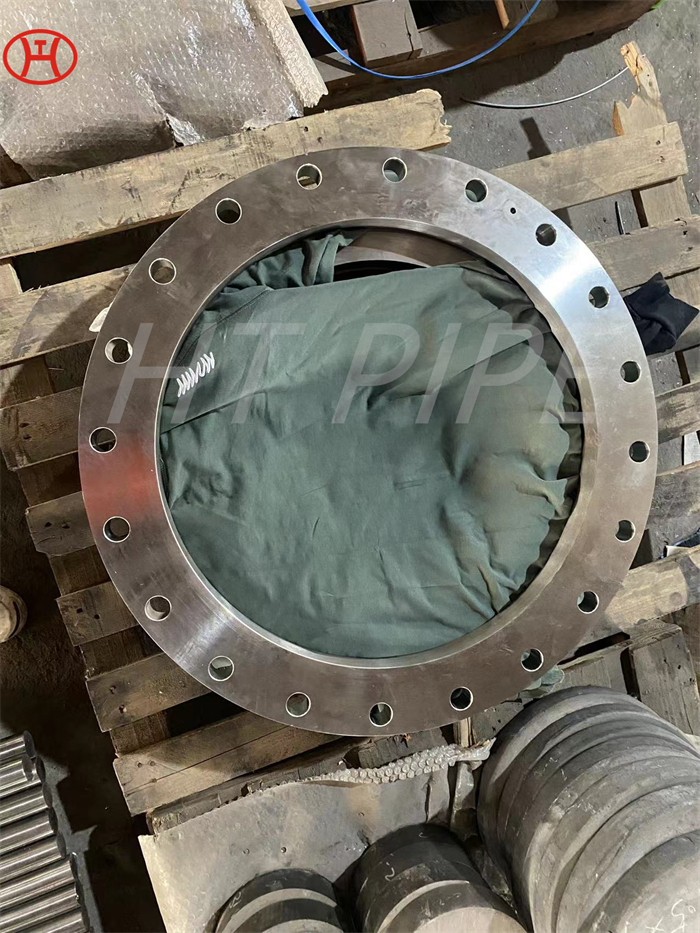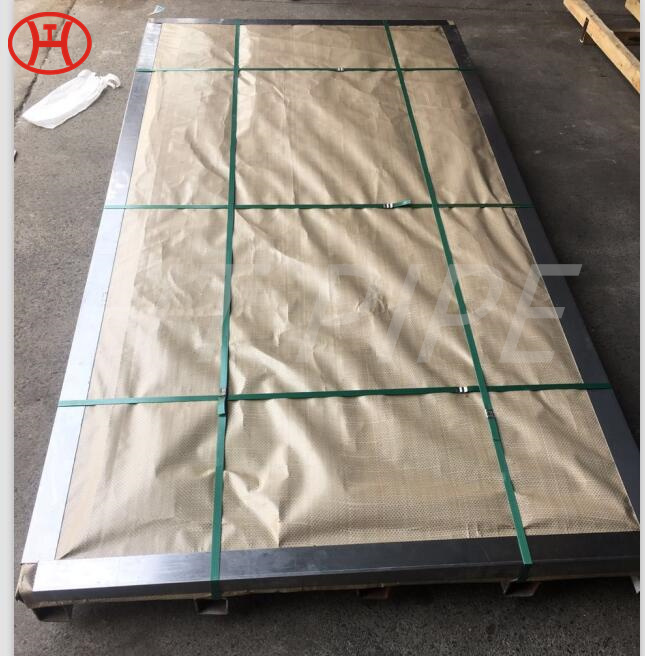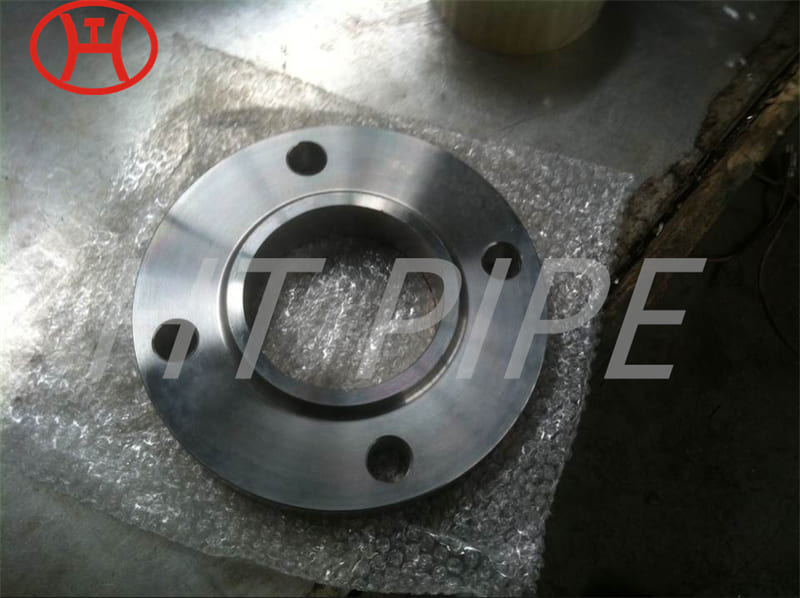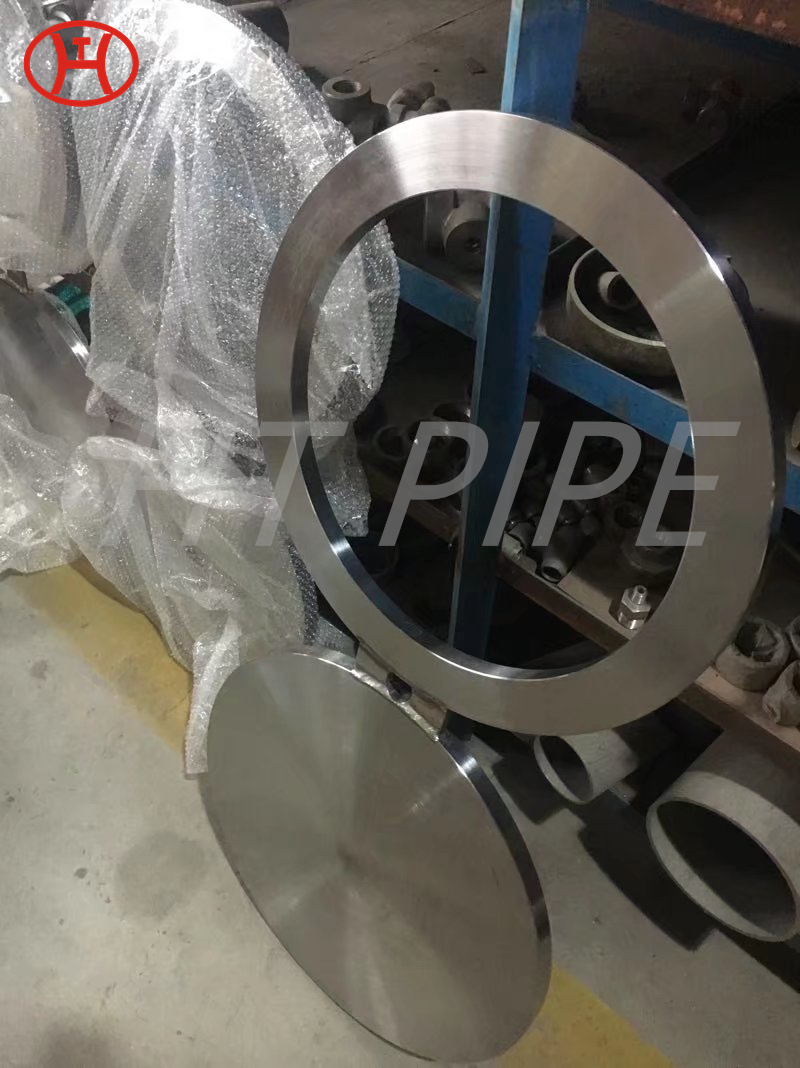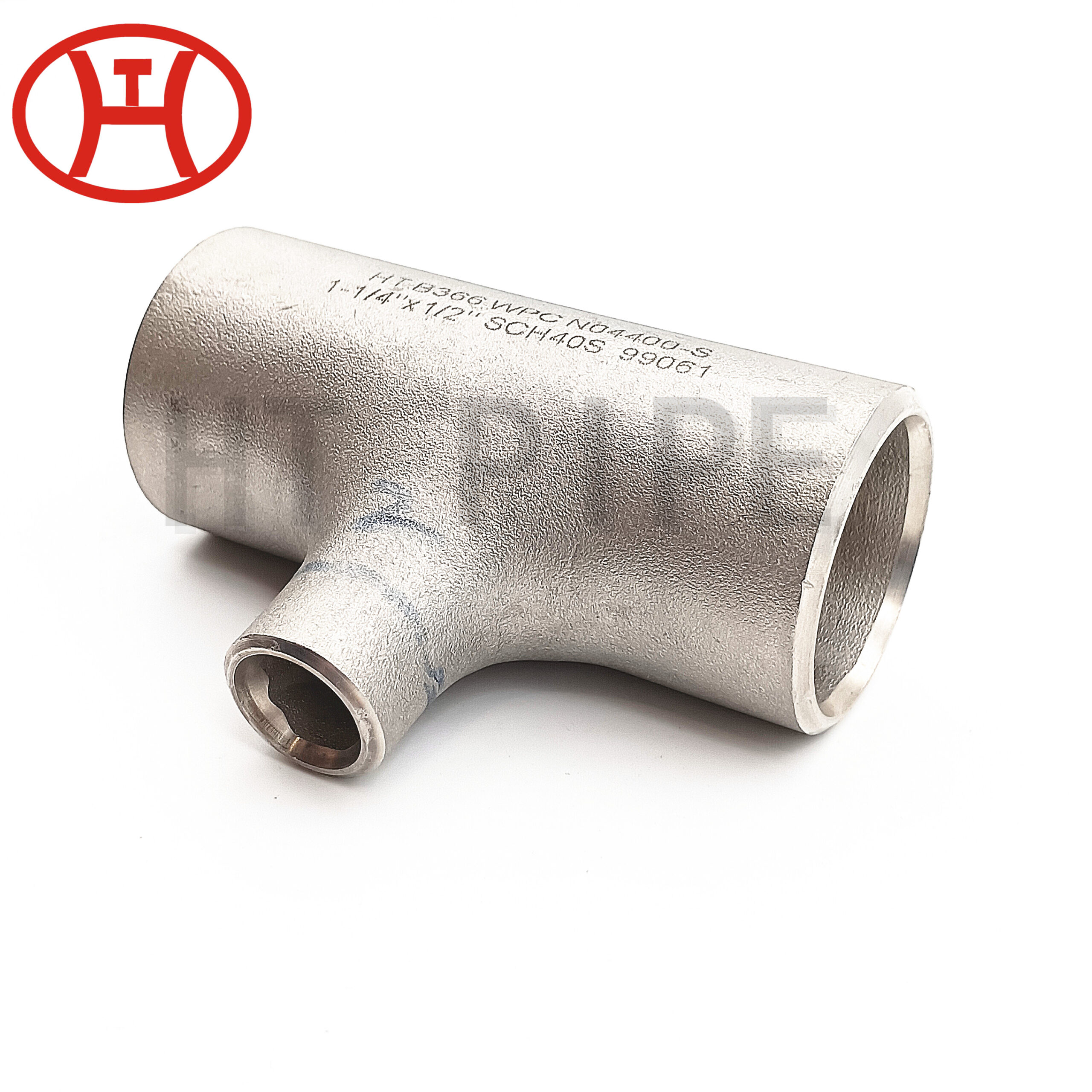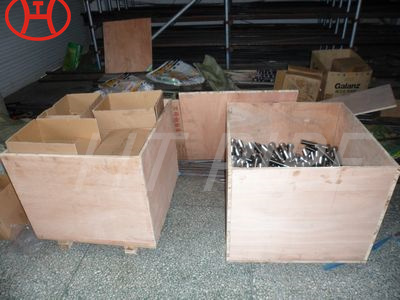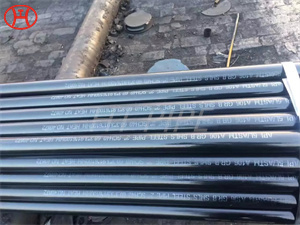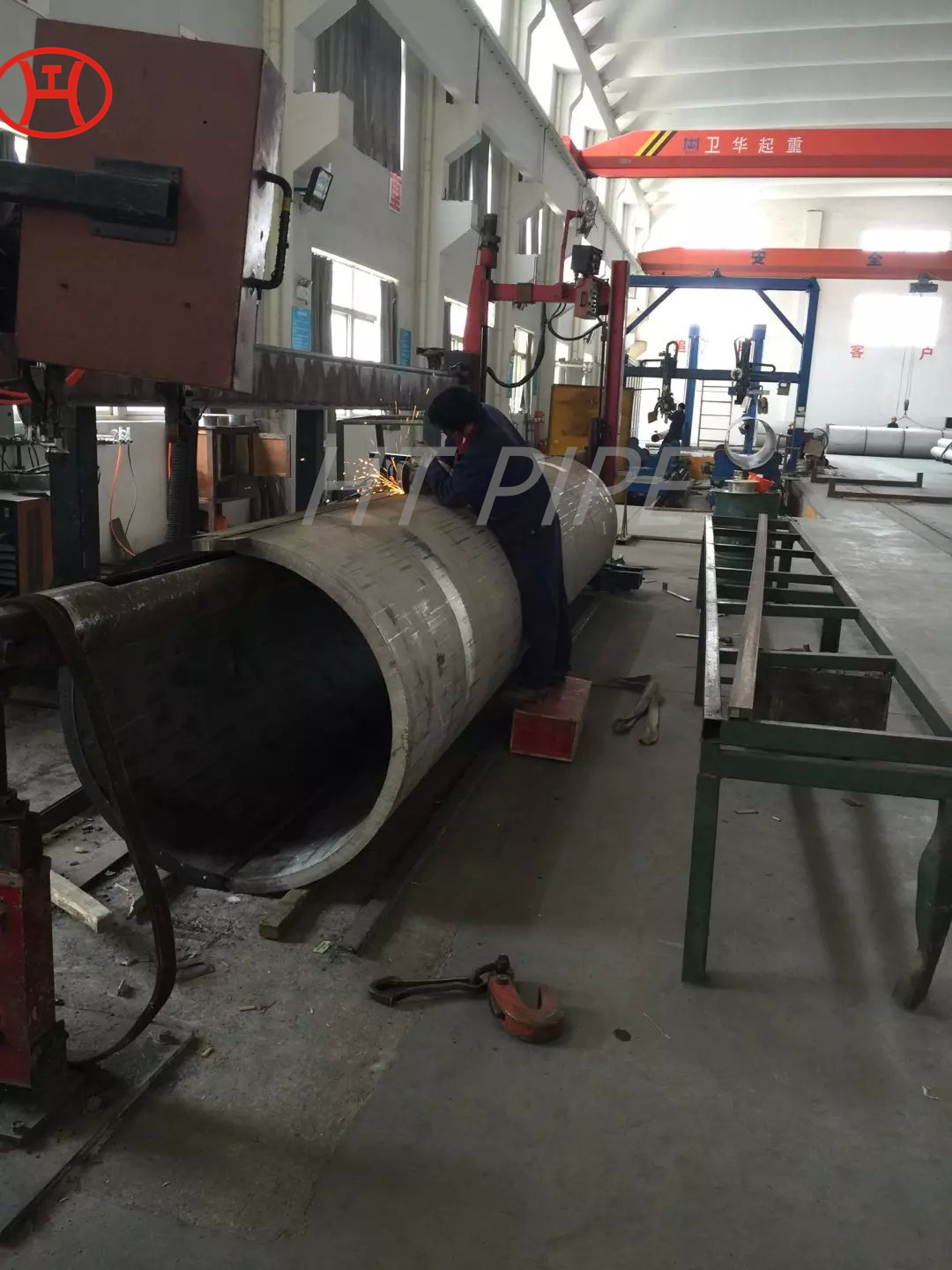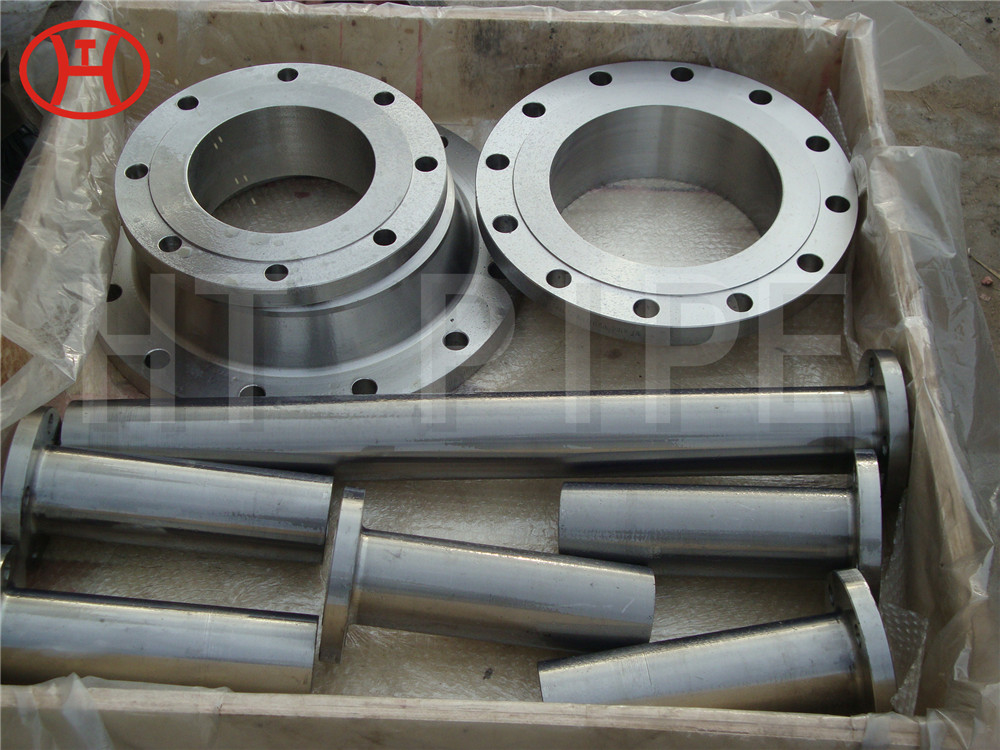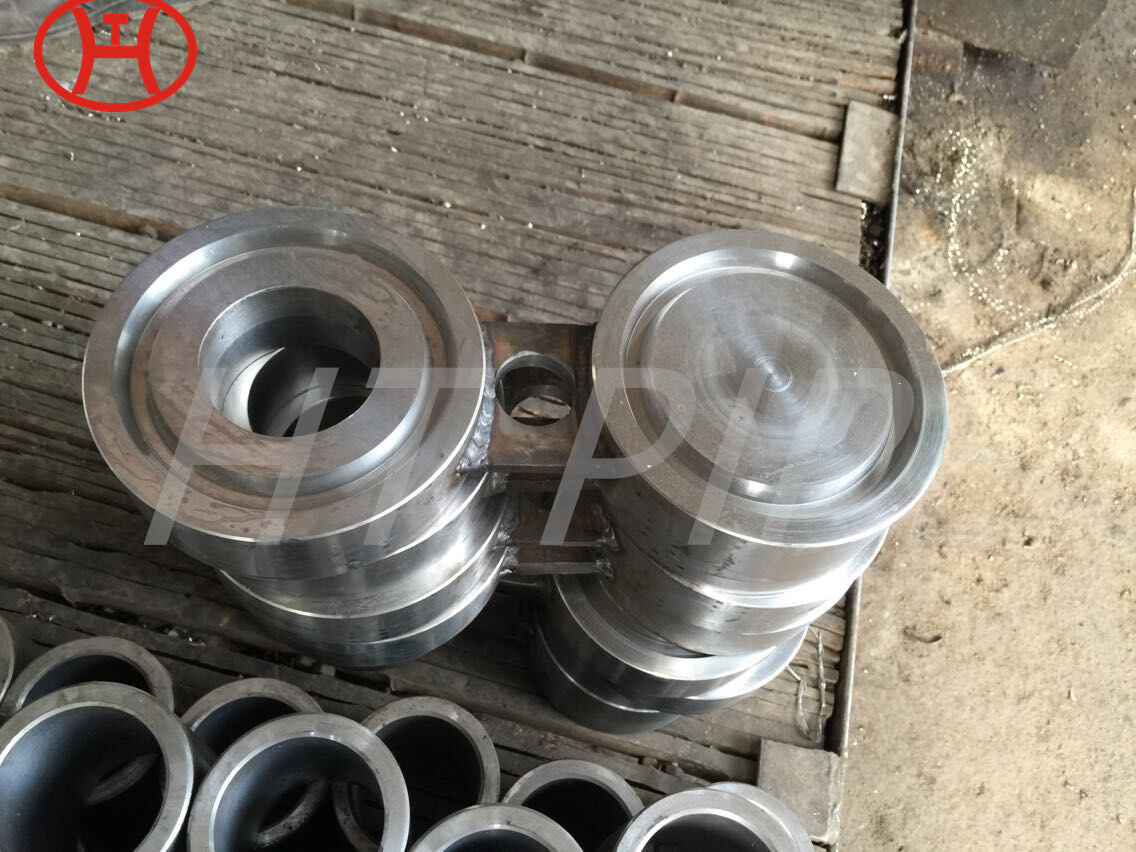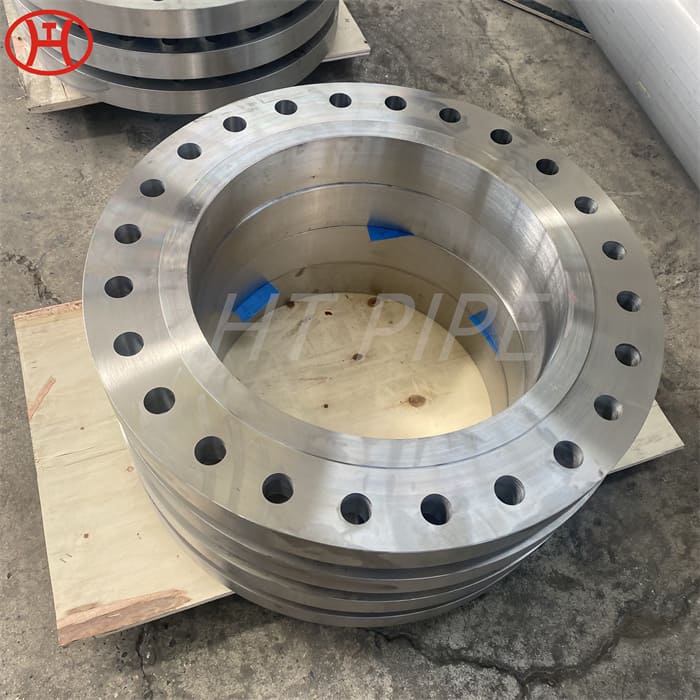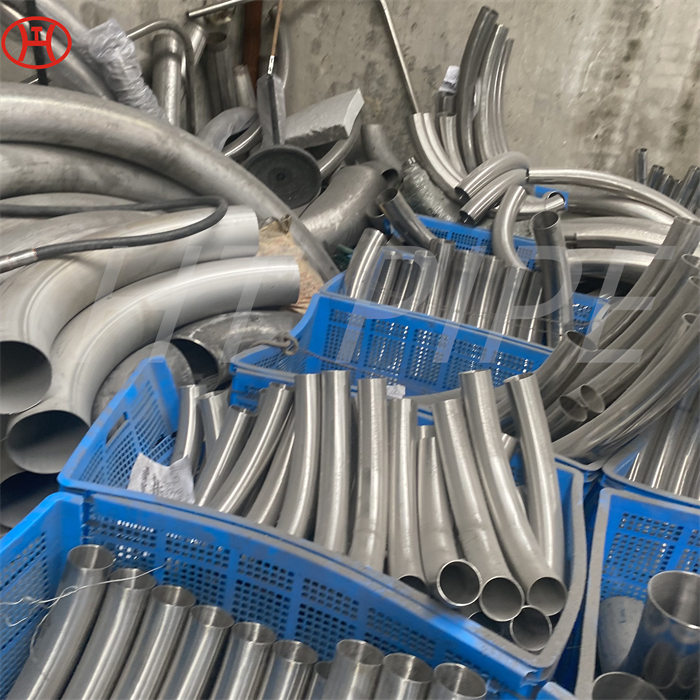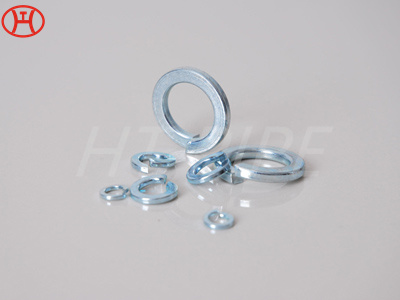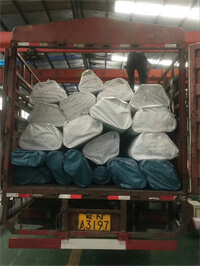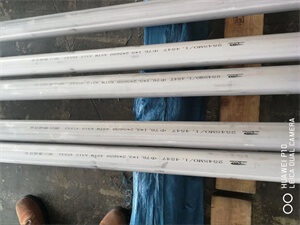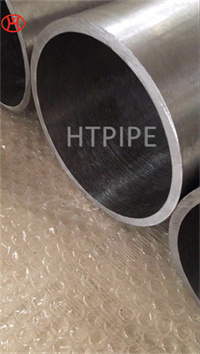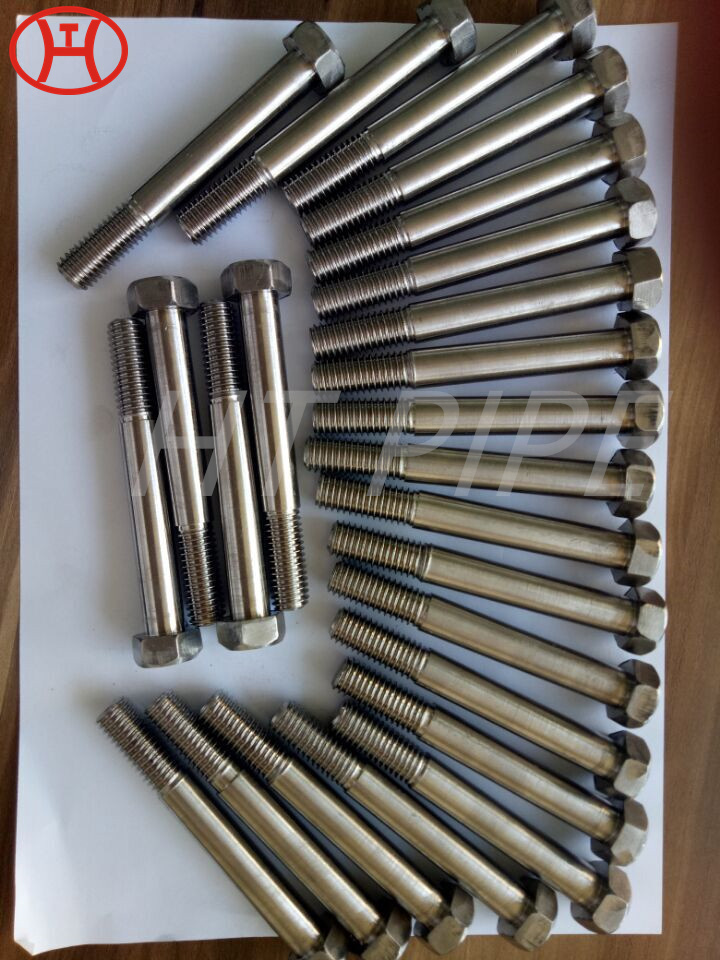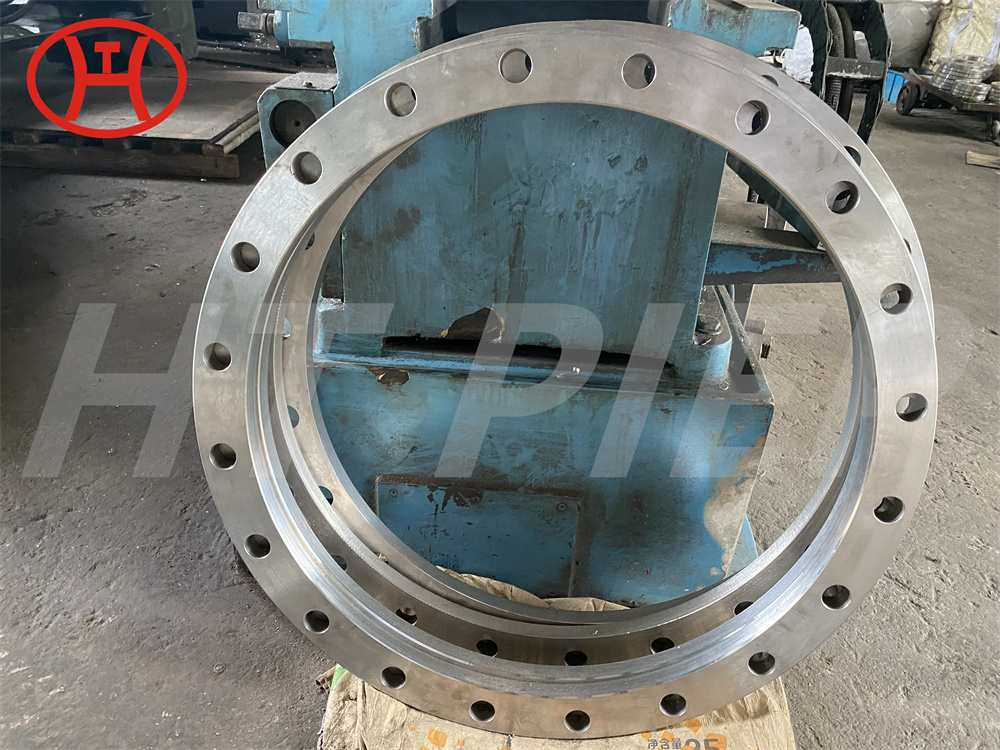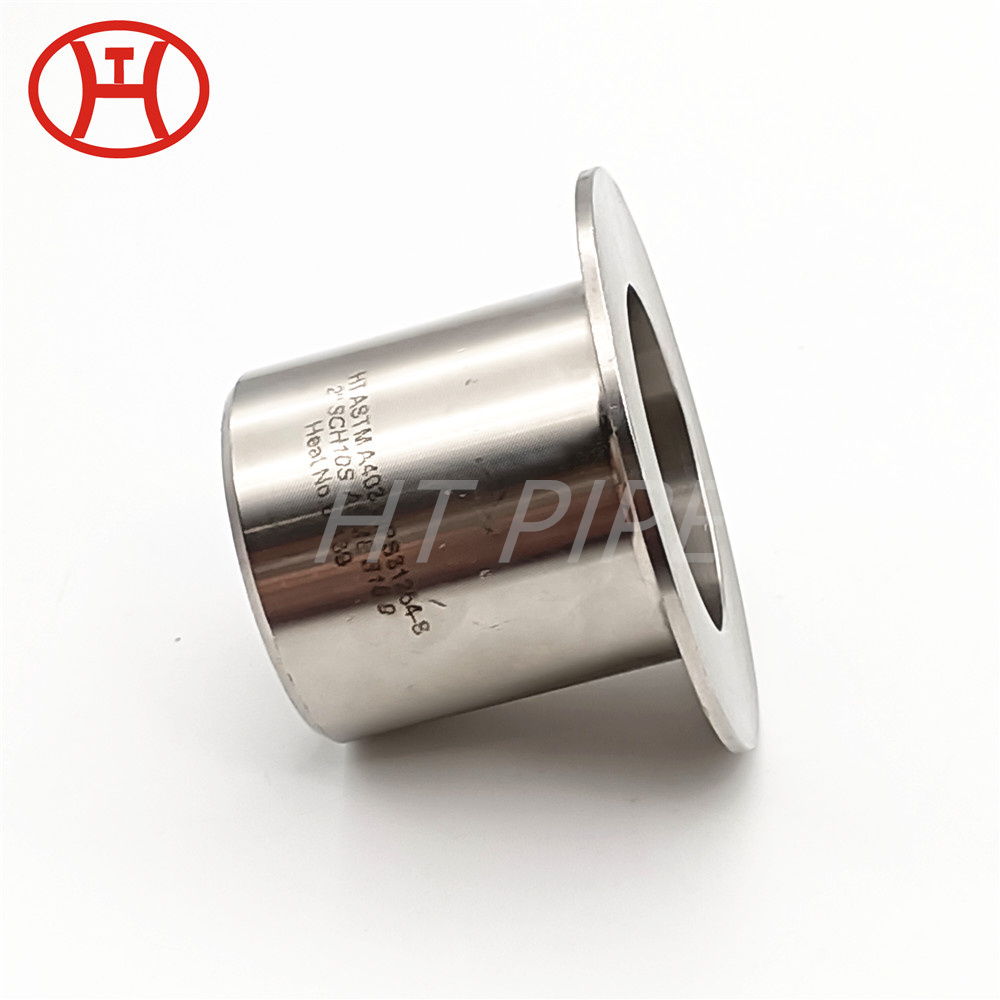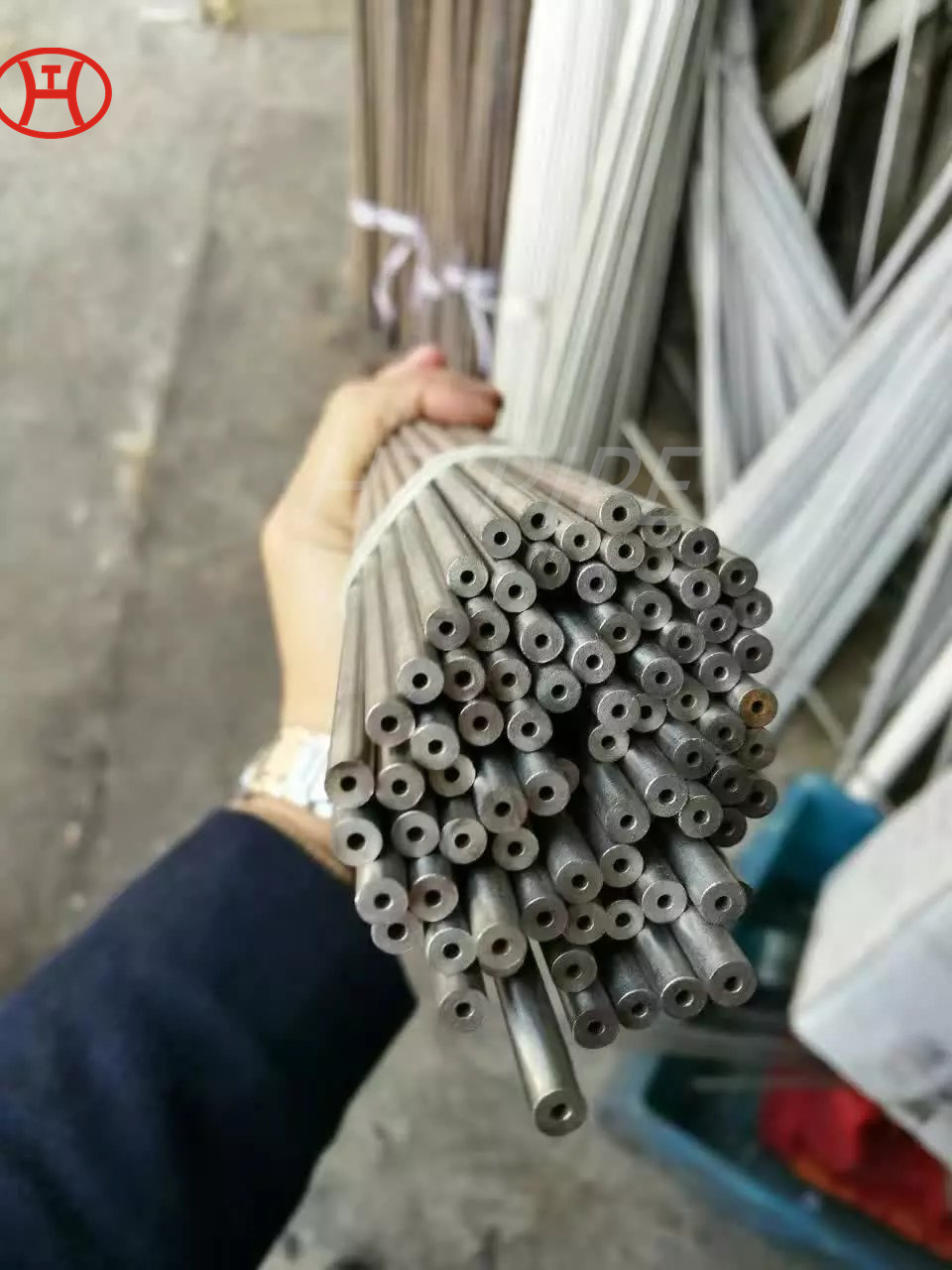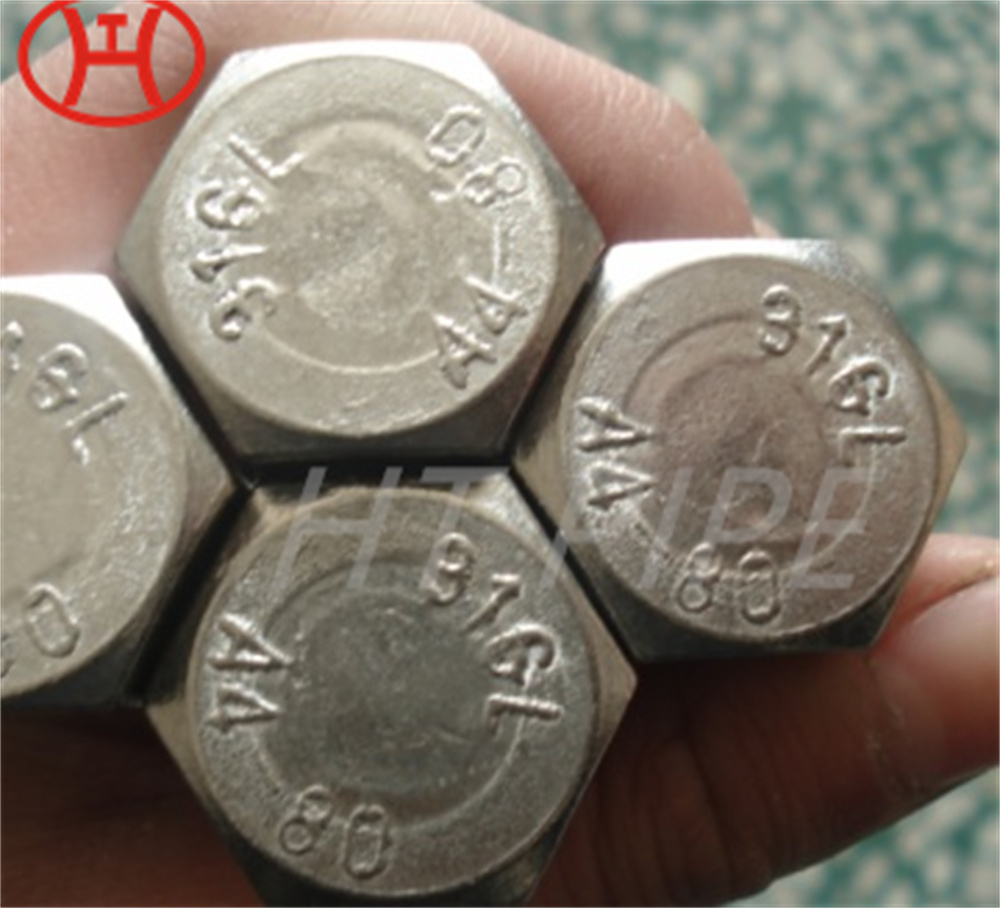310 310S Stainless Steel Flange ASME SA182 310 Stainless Steel Flanges Applications
Stainless Steel 310 Flanges are made up of a stainless steel grade that has high amounts of nickel and chromium. It is a chromium nickel alloy with 24% chromium and 19% nickel in the composition.
To form piping system the SS 310 / 310S Flanges are used to joint or connect various pipes /pumps and valves. These are fabricated from stainless steel alloy adding up with the other elements such as nickel- chromium. These 310S flanges are often known as UNS S31008. The grade SS 310/310S comprises excellent corrosion resistance, oxidation to carburizing and decreases environment. In some cases, the required size of Stainless Steel 310S Threaded Flanges may not be obtained from the mill directly, so then the cold operation process can be used to obtain the desired size. In cold drawing process, Stainless Steel 310S Weld Neck Flanges are coated with oxalic and soap solution. As for national and global nature of crude materials, we likewise offer these SS 310/310S Flanges in tweaked sizes and thicknesses according to particular requests by our regarded customers at business sector driving costs.









































































































